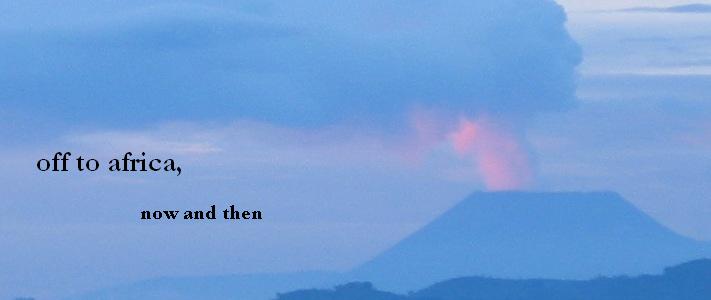The train to Amsterdam runs on the other side of the river, and the big shopping mall is there, too. Every time I come to this house, there is more development across the canal, and my aunt mourns it. "Terrible," she says. "It is just terrible." She likes things to stay the same, and rural, but nothing stays the same in the Netherlands, and rural is a dream when so many people live in so small a country.
The farm, the boerderij, where D. and my Oma grew up, no longer has its main farmhouse. I remember it, from the Christmas when I was eight, but it has been demolished, and the canal where my baby great-uncle drowned at age 1 and 1/2 has been moved into the space where the house used to be.
We went to the newly renovated church where my Oma's family had a pew and where my sister was baptized in 1987. The old pews with their are still there, on the sides, and the middle is full of new, bright chairs. The graveyard is still there, at the back. We took the same photos we always take: the four children in one grave, the one child and two parents in the other.
The three little ones in the same grave died of diseases that penicillin would have cured. Their brother tells my mom and me that the doctor had the penicillin in his bag when the last one was sick, but the government had not yet approved its use. Or they had, but he didn't know that yet.
The nearly-ten year old G.P. was hit by a car three days before his tenth birthday.
His littlest brother, the one who drowned in the canal, has the same name, and was born five months after he died. The younger G.P. is buried in a around the corner of the seashelled path, in a grave with his parents, even though they died four decades after him. Maybe four children is the limit for one grave.
I cannot imagine it. The sorrow echoes even sixty and seventy years later.

No comments:
Post a Comment